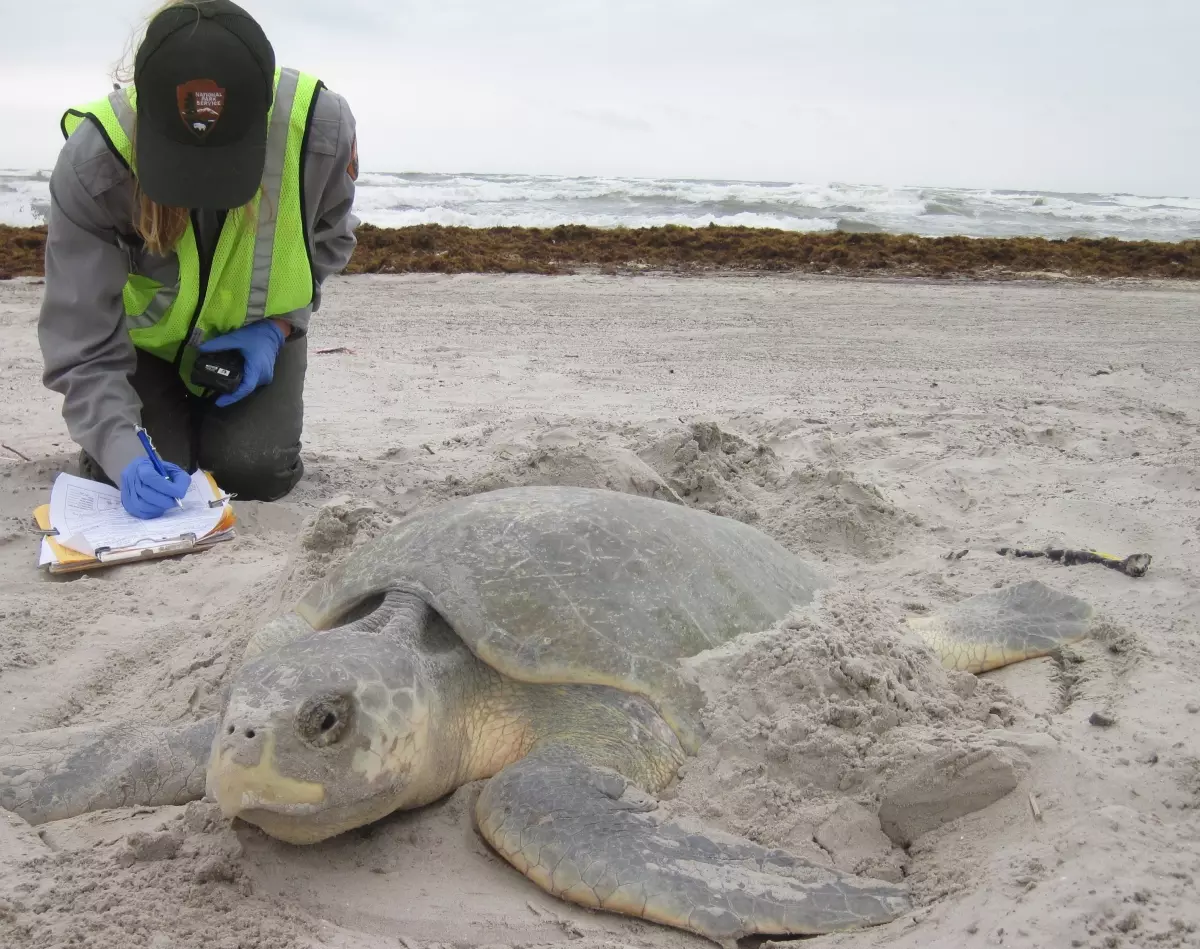Sandy beaches, palm trees, tiki bars, and warm, slow-rolling waters might be just a few of the images that pop to the top of the imagination when someone mentions Florida. After all, it is known as “The Sunshine State.”
While it’s true that its siren song is fun in the sun and tiny umbrellas in tropically flavored drinks, the 27th state has a richness of natural beauty and diversity of wildlife that isn’t necessarily wedded to salty surf and white sand beaches.
Florida is home to miles of prime Atlantic coastline. It also holds the great Everglades National Forest and countless rivers, streams, swampland, orange and lemon groves, and more!
Knowing this, it should come as no surprise that Florida’s wildlife is as unique as any in the Southeastern United States. Florida is home to three singular species so rare as to be classified today as “endangered.” Read on to learn more about these fascinating animals and the conversation efforts around their survival.
The Florida Panther
Photo Courtesy USFW
This big cat is a true endangered species success story in the making! In 1967, the Florida panther was placed on the endangered species list, with as few as 10 cats roaming the wild. According to the U.S. Fish & Wildlife Service, as of 2022, that number stands at more than 200 thanks to the efforts of Florida conservationists and federal protections put in place over those decades.
While panthers inhabit many parts of the Southeastern U.S., the Florida panther was a particularly tragic victim of the overdevelopment of suburban areas and the proliferation of major highways in the state. The panthers could roam the 200-square-mile territories and were slowly being crowded out. This development, in addition to the hunting of the local cats, nearly wiped the Florida panther from their ecosystems completely.
Through the vital efforts of the Florida Fish and Wildlife Commission and other local groups, “conservation corridors” were created to expand the panthers’ range, helping them migrate and procreate. Today, the Florida Panther is on its way back to a healthy population in the Sunshine State!
Florida Grasshopper Sparrow
Photo Courtesy Florida Fish and Wildlife Conservation Commission
The Florida grasshopper sparrow is what one might call a “Florida Bird” through and through because it never leaves the state. The tiny bird lives in the dry prairie ecosystem of central and south Florida and does not migrate. It has been called perhaps the most endangered bird species in the continental U.S., and few people have ever seen or heard its song.
The gravest threat to the Florida grasshopper sparrow is the proliferation of farmland, which may benefit other wildlife species in many ways.
However, irrigation and overfarming have virtually wiped out the dry prairie land upon which the Florida grasshopper sparrow thrives.
Over the last few decades, the numbers of Florida grasshopper sparrows nearly dwindled to zero, but catch and breed programs have helped stem this tide. The future is looking up for these tiny, feathered Florida friends!
Photo Courtesy National Park Service/National Park Service
Kemp’s Ridley Sea Turtle
This Florida endangered species prefers the warmer waters of the Gulf of Mexico as its natural habitat. Kemp’s ridley sea turtle — named for a local fisherman Richard Kemp, who submitted the type specimen — is the smallest of all sea turtles, only weighing 85 to 100 pounds, and is easily recognized by its parrot-like beak.
The Kemp’s ridley sea turtle is also the rarest one in the world. Unfortunately, commercial fishing has led to countless accidental catch deaths among the species. Likewise, habitat contamination from water pollution has put the sea turtle at grave risk of extinction.
Today, it is protected by the Federal Endangered Species Act and Florida’s Marine Turtle Protection Act. With these protections in place, conservationists are hopeful the Kemp’s Ridley Sea Turtle can thrive again.





